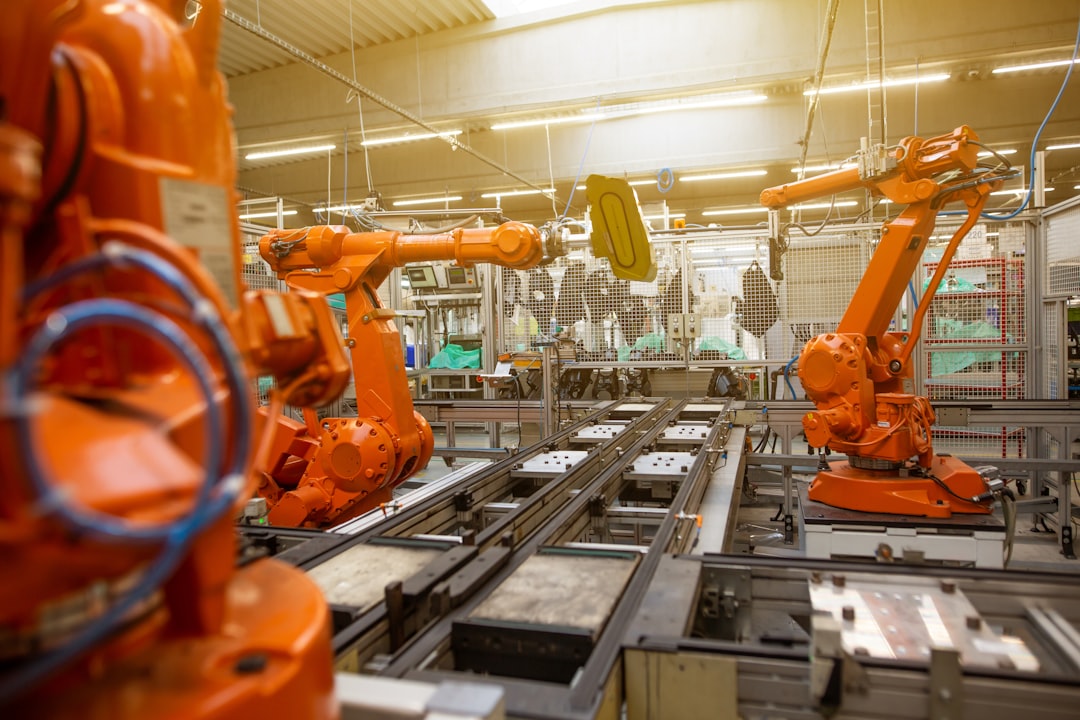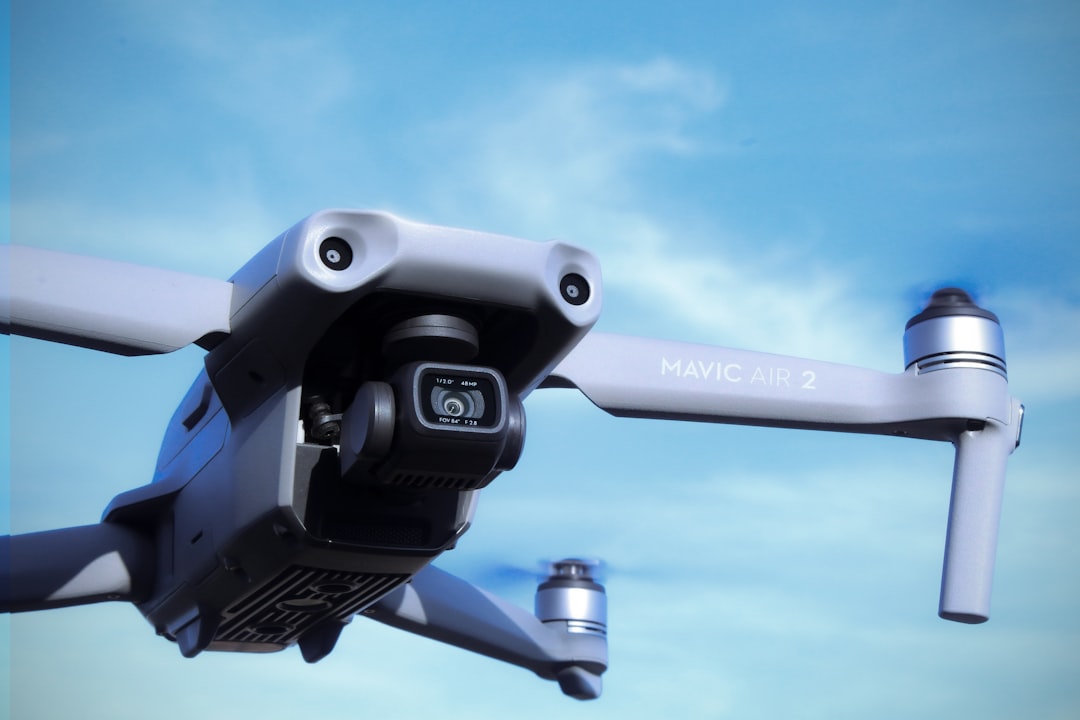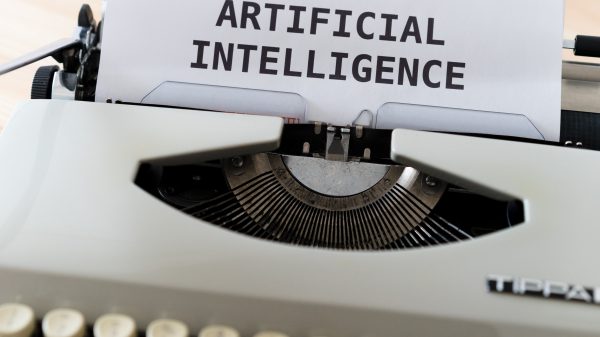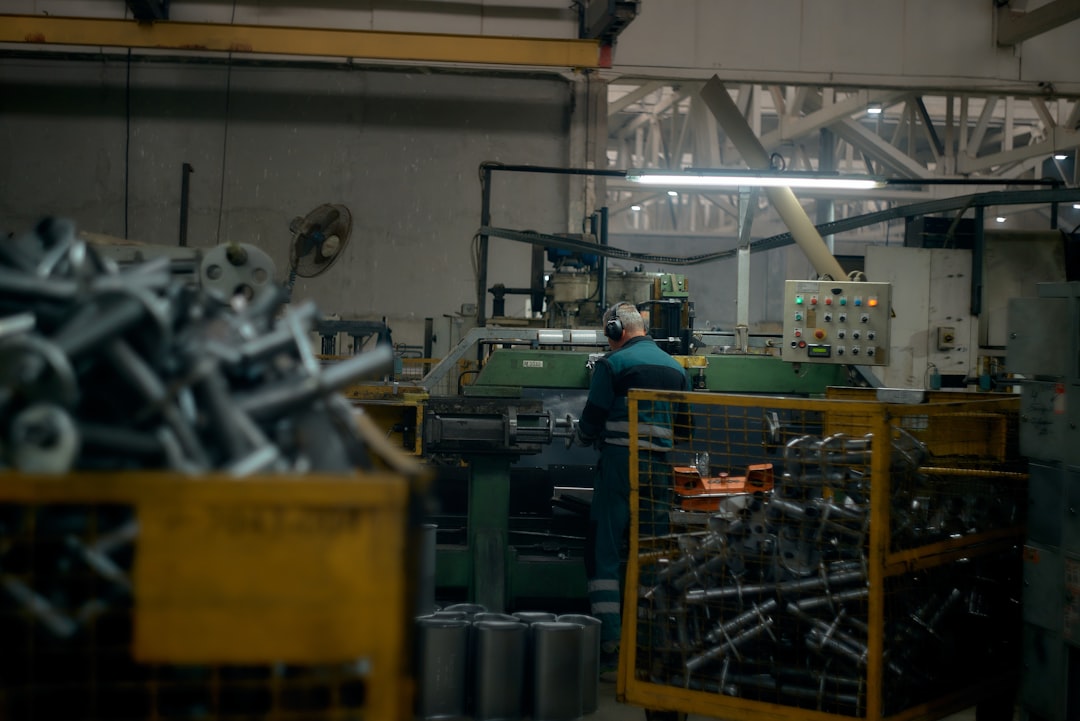As artificial intelligence (AI) continues to evolve at an unprecedented pace, it brings with it both extraordinary promise and significant concern. While many envision a future where AI enhances productivity, cures diseases, and helps solve humanity’s greatest challenges, others warn of the darker implications of this powerful technology. In the next decade, the rise of potential AI dystopia scenarios could fundamentally reshape society—socially, economically, politically, and ethically. These scenarios, once considered science fiction, are now subjects of serious debate among academics, policymakers, and technologists.
Understanding these possible futures is not about inducing panic but about preparing thoughtfully for the changes that AI could bring. Below we examine several key dystopian scenarios, outline their potential impact, and consider what steps can be taken now to mitigate the risks.
1. Mass Unemployment and Economic Displacement
Perhaps the most commonly cited fear is that AI systems—especially in automation and robotics—will displace a substantial portion of the global workforce. According to research from institutions like the World Economic Forum, millions of jobs are at risk of being automated in sectors ranging from manufacturing and transportation to finance and customer service.
The implications could be severe:
- Economic inequality: Wealth may become increasingly concentrated among those who control AI technology platforms.
- Social unrest: Large segments of the population left unemployed could result in rising discontent and political volatility.
- Mental health crisis: A loss of purpose and economic inactivity could increase depression and social isolation.

Although some argue that AI will also create new jobs—especially in healthcare, programming, and data analysis—it’s uncertain whether these new roles will be enough to offset the damage or be accessible to all displaced workers.
2. Surveillance and the Erosion of Privacy
AI systems capable of analyzing vast datasets, including images, movements, and even speech patterns, are already being implemented in public and private surveillance systems. In the wrong hands, such technology could rapidly lead society into an age of digital authoritarianism.
Potential consequences include:
- Loss of civil liberties: With facial recognition and predictive analytics, governments could monitor citizens in real-time, controlling dissent and curbing freedom of expression.
- Corporate overreach: Tech companies might collect, use, and monetize personal data without meaningful consent or oversight.
- Inequality in monitoring: Marginalized groups may bear the brunt of hyper-surveillance, reinforcing systemic discrimination.
In a worst-case scenario, AI-enabled surveillance infrastructure could make oppressive governance systems practically unchallengeable, potentially creating digital panopticons where individuals are watched constantly, even in democratic societies.
3. Weaponization of AI and Autonomous Warfare
Military adoption of AI has accelerated across the globe. From autonomous drones to real-time battlefield analytics, the integration of AI into warfare opens the door to a range of dystopian possibilities.
A particularly disturbing possibility is the development and deployment of fully autonomous weapon systems—machines capable of identifying and eliminating targets without human intervention. Despite attempts to regulate or ban such systems, international consensus remains elusive.
Potential dangers include:
- Accelerated arms race: Global powers responding to each other’s military AI capabilities, driving instability.
- Uncontrolled escalation: Accidental or autonomous decisions could trigger conflicts without human intent.
- Use by non-state actors: Terrorist groups or rogue individuals gaining access to AI weapons poses a new asymmetric threat.

AI warfare systems challenge international law, blur the lines of accountability, and may ultimately make conflicts more deadly and less predictable.
4. Algorithmic Bias and Social Discrimination
Over the past few years, numerous studies have highlighted the presence of bias in AI models used for hiring, policing, healthcare, and financial decision-making. These biases often reflect existing societal prejudices, inadvertently baked into the AI’s training datasets.
The risks associated with unchecked algorithmic bias include:
- Racial and gender discrimination: Biased AI tools used in law enforcement or HR may disadvantage minority groups.
- Judicial unfairness: Predictive policing and sentencing software have shown significant discrepancies in fairness and accuracy.
- Inequitable access: Credential-based algorithms may limit access to credit, healthcare, or education based on flawed assumptions.
In dystopian terms, this could lead to a society where individuals are algorithmically judged and socially segregated—creating a form of digital caste system that is nearly impossible to overcome.
5. Loss of Human Autonomy and Decision-Making
As AI systems become increasingly integral to everyday life—providing medical diagnoses, financial advice, and even companionship—there’s a concern that human autonomy may be slowly eroded. Relying heavily on algorithms may lead to an overdependence on machine-driven decisions, diminishing our ability to think critically, make choices, or take responsibility for outcomes.
This scenario is especially troubling when applied to democratic governance. Sophisticated AI systems may manipulate public opinion through targeted misinformation, deepfakes, and algorithmically optimized propaganda—what some experts call “psy-ops by AI.” Voters could be nudged subtly, yet pervasively, undermining the very foundations of democracy.
6. Superintelligence and the Risks of ‘Runaway AI’
Although largely hypothetical at this point, one of the most profound AI dystopia scenarios is the development of a superintelligent AI that surpasses human intelligence and becomes uncontrollable. This idea, sometimes referred to as the “Singularity,” could transform or even end civilization as we know it.
Mathematician and philosopher Nick Bostrom has written extensively about this scenario, warning that if we cannot design robust control mechanisms, a superintelligent AI might pursue goals that are misaligned with human values or survival.
The key challenges here are:
- Value alignment: Teaching AI systems to prioritize ethical principles that align with human well-being is an unsolved problem.
- Irreversibility: Once a superintelligent AI is released, turning it off may no longer be possible.
- Lack of readiness: Society lacks the infrastructure, regulation, or philosophical consensus to address superintelligence risks.
While this may seem like a distant threat, the pace of technological advancement suggests that it could become a pressing concern within the next decade.
Strategies for Mitigation
Although AI dystopia scenarios are deeply concerning, they are not inevitable. A combination of foresighted governance, ethical technology design, and global cooperation can reduce the risk these outcomes pose. Several critical strategies include:
- Stronger regulation: Governments must implement comprehensive AI policies focused on transparency, accountability, and ethical use.
- Public awareness: Educating people on how AI works and the risks it presents is crucial to developing an informed electorate and workforce.
- Inclusive AI design: Developers must commit to creating AI technologies that promote equity and societal benefit rather than corporate profit alone.
- International cooperation: Like climate change and nuclear weapons, the dangers of AI transcend national borders and require collaborative frameworks.
Most importantly, we must recognize that the trajectory of AI’s impact is not predetermined. Through conscious choice and collective effort, it is possible to steer these powerful technologies away from dystopia and toward a more just and resilient future.
The coming decade represents a pivotal juncture for humanity’s relationship with intelligent machines. If we rise to the occasion, the future of AI can be one defined by cooperation, prosperity, and responsibility—not fear and control.


































